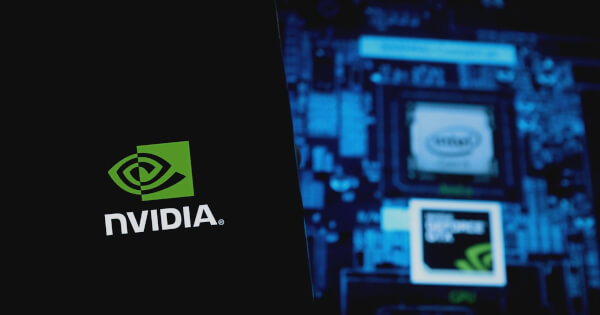Tony Kim
Oct 22, 2024 11:08
Explore how NVIDIA Isaac Sim, combined with ROS 2, facilitates robot simulation, enabling complex task execution in dynamic environments through advanced virtual testing and validation.
In the rapidly evolving field of robotics, simulation plays a pivotal role in enabling AI-powered robots to autonomously sense, plan, and perform complex tasks. According to the NVIDIA Technical Blog, NVIDIA Isaac Sim combined with ROS 2 provides a comprehensive platform for simulating and testing robots in dynamic and unpredictable environments.
Isaac Sim and ROS 2 Integration
Isaac Sim, built on the Universal Scene Description (OpenUSD) framework, is designed to streamline the creation and sharing of robot models and virtual environments. It facilitates the connection between a robot’s operational framework and its virtual surroundings through the ROS 2 interface, enabling developers to simulate and validate their robot stacks effectively.
Workflow and Tools
The integration of Isaac Sim with ROS 2 follows a workflow similar to other simulators like Gazebo. It begins with importing robot models into a prebuilt Isaac Sim environment, adding sensors, and connecting components to the ROS 2 action graph. The process allows for comprehensive testing and control through ROS 2 packages.
Isaac Sim offers various tools like the URDF importer for robot models, a wizard for incorporating additional data, and a library of SimReady assets that provide realistic 3D objects for simulation. These tools are crucial for creating detailed simulation scenes, ranging from simple office spaces to complex warehouse environments.
Advanced Simulation Features
NVIDIA Isaac Sim supports advanced simulation features essential for AI-enabled robots. The platform allows for synthetic data generation, crucial for training perception AI models where real-world data is scarce. Domain randomization within Isaac Sim enhances data diversity, improving model training outcomes.
For facilities operating multiple robot types, Isaac Sim enables multi-agent software-in-loop testing. This capability is vital for validating the behavior and performance of diverse robots, such as industrial arms and mobile robots, across various scenarios.
Extending Capabilities
Beyond standard simulations, Isaac Sim can be customized to suit specific needs, supporting advanced robot learning and scalable training. The platform’s extensibility is demonstrated through initiatives like Isaac Lab, which utilizes reinforcement and imitation learning to scale robot policy training.
Additionally, developers can create custom simulators or extensions, such as the Foxglove extension, which enhances visualization and debugging through seamless data integration and real-time insights.
Getting Started
NVIDIA provides resources for developers to begin integrating ROS workflows with Isaac Sim. By leveraging these tools, engineers can enhance robotic simulations, facilitating the development of autonomous systems capable of executing complex tasks in real-world environments.
For more detailed insights and technical guidance, visit the NVIDIA Technical Blog.
Image source: Shutterstock









